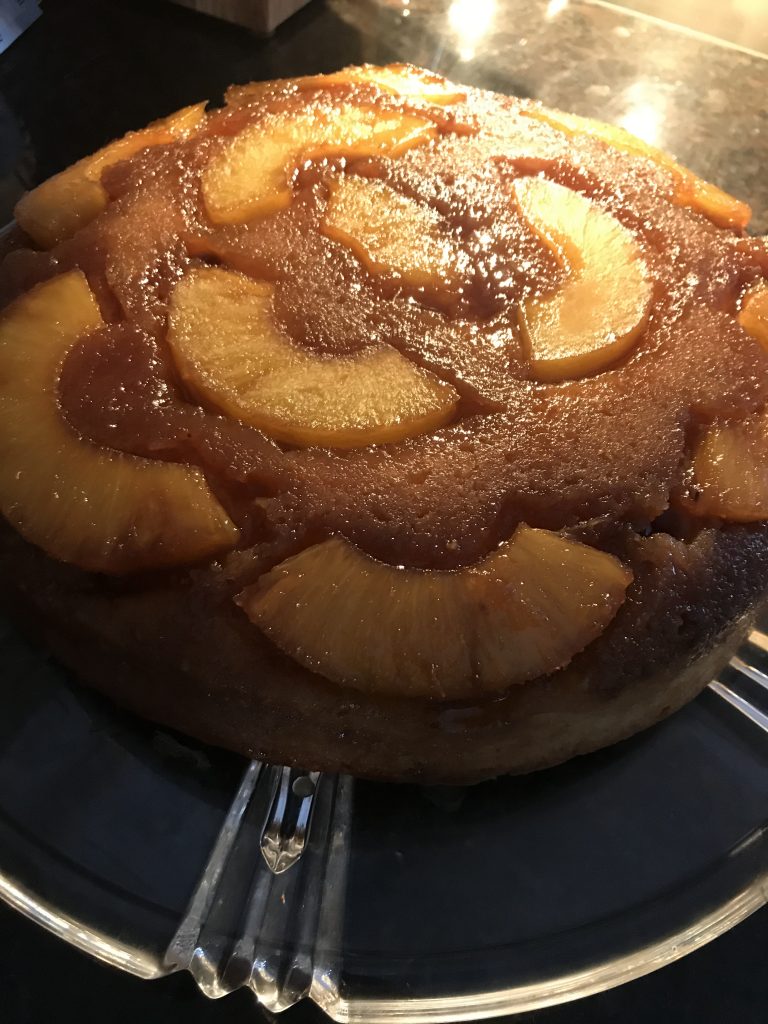Here is a great post written by Dr. Rebecca about lower back pain and how and why stretching your hips for low back pain is important!
Last time we discussed how sitting can cause tight hips and your low back pain, also known as lower crossed syndrome. You can find that article here
Stretching your hips is a great way to address hip tightness and low back pain. In these videos we are targeting two of the major muscles that can cause tight hips: rectus femoris and psoas.
Here are some common questions when it comes to stretching:
1. Should stretching be painful? No! Focus on going to the point of tension when you just start to feel the stretch. Holding the stretch with this amount of tension will teach the muscle to relax. When you overstretch to the point of pain, the muscle doesn’t relax, defeating the purpose of what we’re trying to do.
2. How long should I hold the stretch? A general rule of thumb is holding the stretch for 30 seconds! It’s not uncommon to feel the tension decrease as you hold a stretch, usually around the 15-20 second mark. At this point you can move a little deeper into the stretch, again just to the point of tension.
3. How often should I stretch? As often as you like! Stretching is a good self-treatment when you’re having pain but it works even better as a preventative measure. If you commonly experience episodes of low back pain, regularly stretching your hips could help prevent the low back pain from developing.
A few reminders about stretching
- Go very slow
- Do not do it if you’re injured
- Stop if you experience pain
- Support yourself if you feel off balance – either with a wall or a stable surface
If you’re in doubt or wondering if these stretches would be appropriate for you, please don’t hesitate to contact BAC Wellness or schedule an appointment. These exercises are a great ways for you to take care of your body at home but don’t take the place of the care provided by a medically licensed professional with expertise in diagnosing, examining or treating medical conditions of any kind, or in determining the effect of any specific exercise on a medical condition.
Disclaimer: The painting’s not crooked – I promise! Spent many minutes adjusting it before I realized it was the camera angle

